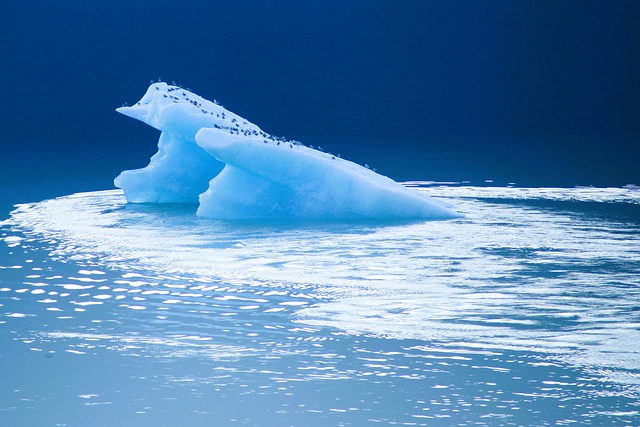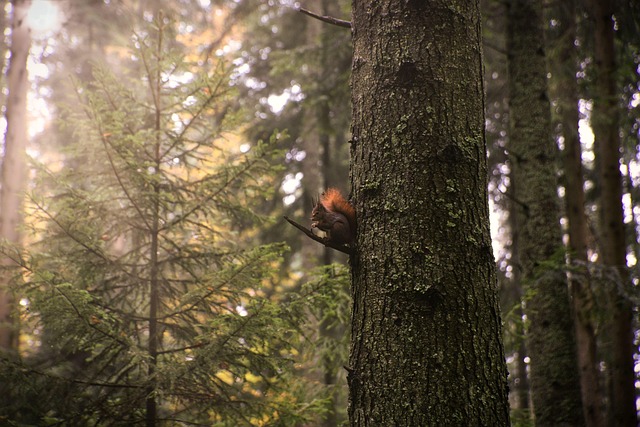For optimal wildlife viewing, choose scenic campsites near diverse ecosystems like forests, rivers, lakes, or wetlands. Select locations based on desired animals—birdwatchers prefer dense forests, while open meadows attract larger mammals. Time your visit during peak seasons for better encounters and consider campgrounds offering guided tours for safe, responsible wildlife observation. These campsites provide immersive nature experiences, enhancing understanding of local flora and fauna while promoting sustainable practices. Research national parks or conservation areas with high biodiversity, targeting specific ecosystems like forests or wetlands, and time your trip during spring and fall for increased animal activity.
Unwind from the hustle and bustle and connect with nature at scenic campsites offering breathtaking wildlife viewing opportunities. For outdoor enthusiasts seeking immersive experiences, choosing the right location can transform a trip into a symphony of discovery. This article guides you through selecting ideal spots near thriving wildlife habitats, identifying regions renowned for diverse species, and planning trips tailored to your preferences. We’ll also explore essential amenities, safety precautions, and ethical practices to ensure responsible and memorable interactions with nature’s wonders.
- Choosing the Perfect Location for Wildlife Viewing
- – Benefits of selecting campsites near wildlife habitats
- – Identifying regions known for diverse wildlife populations
Choosing the Perfect Location for Wildlife Viewing

When seeking scenic campsites with wildlife viewing opportunities, location is key. The best spots offer a blend of natural beauty and diverse animal habitats. Look for campgrounds nestled near forests, rivers, lakes or wetlands – these ecosystems often attract a plethora of wildlife. Consider the type of creatures you’re interested in seeing and research areas known to host them. For birdwatchers, dense forests might be ideal, while those eager to spot larger mammals may prefer open meadows or edge habitats that offer a mix of forest and grassland.
Additionally, check for season-specific events. Many locations have peak viewing periods for specific animals, so timing your visit can enhance your chances of a memorable encounter. Some campgrounds even host wildlife watching events or offer guided tours, providing an immersive experience and insights from local experts. Remember, responsible observation is crucial to ensure both your safety and the well-being of the animals in their natural habitats.
– Benefits of selecting campsites near wildlife habitats

Selecting campsites located near wildlife habitats offers a multitude of benefits for nature enthusiasts. One of the most enchanting advantages is the opportunity to witness animals in their natural settings, creating unforgettable memories. These scenic campsites often provide an immersive experience, allowing visitors to connect with the wild and appreciate the intricate balance of ecosystems.
Moreover, camping near such habitats promotes a deeper understanding of local flora and fauna. It encourages responsible wildlife viewing practices, ensuring minimal disturbance to animal life while fostering a sense of stewardship for nature conservation. Scenic campsites serve as ideal gateways to explore diverse landscapes, from forests teeming with birds to meadows bustling with insects, offering a unique blend of relaxation and educational experiences.
– Identifying regions known for diverse wildlife populations

When seeking out campgrounds that offer wildlife viewing opportunities, identifying regions known for diverse and abundant wildlife populations is key. Look for locations nestled within national parks or conservation areas, as these tend to be hotspots for biodiversity. Researching specific ecosystems like forests, wetlands, or mountain ranges can also lead you to scenic campsites where you’re more likely to encounter a variety of wildlife.
Consider the time of year and local conditions that might influence animal behavior. Spring and fall are often prime seasons for viewing as animals become more active during these transitional periods. Additionally, certain weather events or migrations can bring unusual species into areas where they’re typically not seen, providing unexpected opportunities for wildlife enthusiasts.
